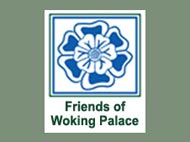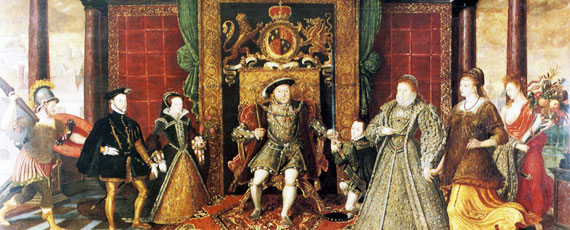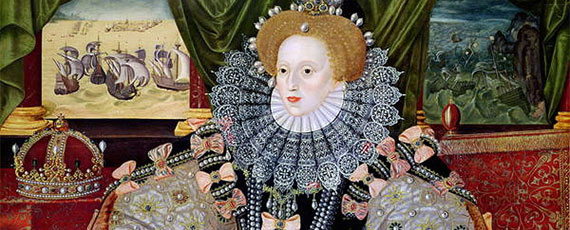The Tudors and Woking Palace
Henry VII, the first Tudor, acquired the Manor of Woking in 1485 when he defeated Richard III at the Battle of Bosworth Field. Prior to the Tudors, Woking Manor was a manor house where the Beauforts lived.
Henry's mother was Lady Margaret Beaufort (1443-1509), and his father was Edmund Tudor. Henry's claim to the throne came partly through Margaret and her relationship to John of Gaunt, third son of Edward III, and his mistress Katherine Swynford. The line was legitimised by Papal Bull and Act of Parliament in 1485 and became the House of Tudor.
Henry VII persuaded his mother, Margaret, to give him Woking Manor, and he set about changing it from a manor house into a royal hunting lodge, or minor palace, fit for a king. He built a new Great Hall in the centre of the site, and added other buildings. His son, Henry VIII, continued to rebuild and update the complex of buildings, and built new apartments for the king and queen, and installed large kitchens similar to those at Hampton Court.
The royal manor house of Woking was frequently visited by Henry VII, and the Treaty of Woking was signed there on 11 September 1490. The Treaty, between Henry VII and Maximilian of Austria, made a pact against their common enemy, the French, to prevent them from dominating Europe. In 1503, Lady Margaret Beaufort gave up her manor house when Henry VII decided to extend it and transform it into a royal palace.
After Henry died in 1509, his son Henry VIII continued the royal association with Woking Palace. Henry VIII was a frequent visitor to Woking Palace and it became a regular holiday home, meeting place and venue for great events. In 1515, new work began on the Palace with the main extension work carried out between 1532 and 1542. Records show that the Palace included a Great Hall, Privy Court, King’s Hall, Queen’s Gallery and Apartments, the King’s Apartments, numerous lodgings, stables, bowling greens, orchards, fishponds and extensive parklands. The Palace must have been of some considerable size and lavishness and it is known that Henry VIII spent time at Woking Palace with both Katherine Howard and Catherine Parr, enjoying the country air and the good hunting in the parks.
After Henry VIII’s death in 1547 the Palace was seldom used. Edward VI only visited once during his reign, and Mary I never visited the Palace. When Elizabeth became Queen in 1558, the Palace returned briefly to royal favour, with alterations and additions between 1576 and 1580.
Elizabeth I added new apartments, and demolished and rebuilt whole sections of the Palace. She had the central arm of the moat filled in, and the demolished buildings were dumped in this area.
Elizabeth was the last Tudor as she died childless.
In 1620, the estate was granted to Sir Edward Zouch who built a new mansion nearly a mile from the palace, and by the mid 17th century the palace had been abandoned and virtually ruined. Local people removed building material from the site for their own homes, and the buildings gradually disappeared.
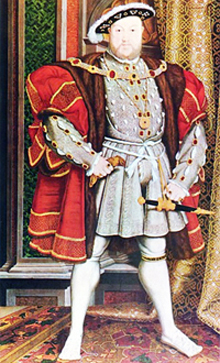
Henry VIII |
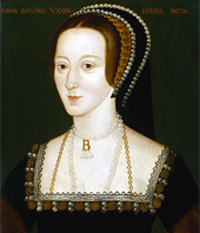
Anne Boleyn and Henry's other |
